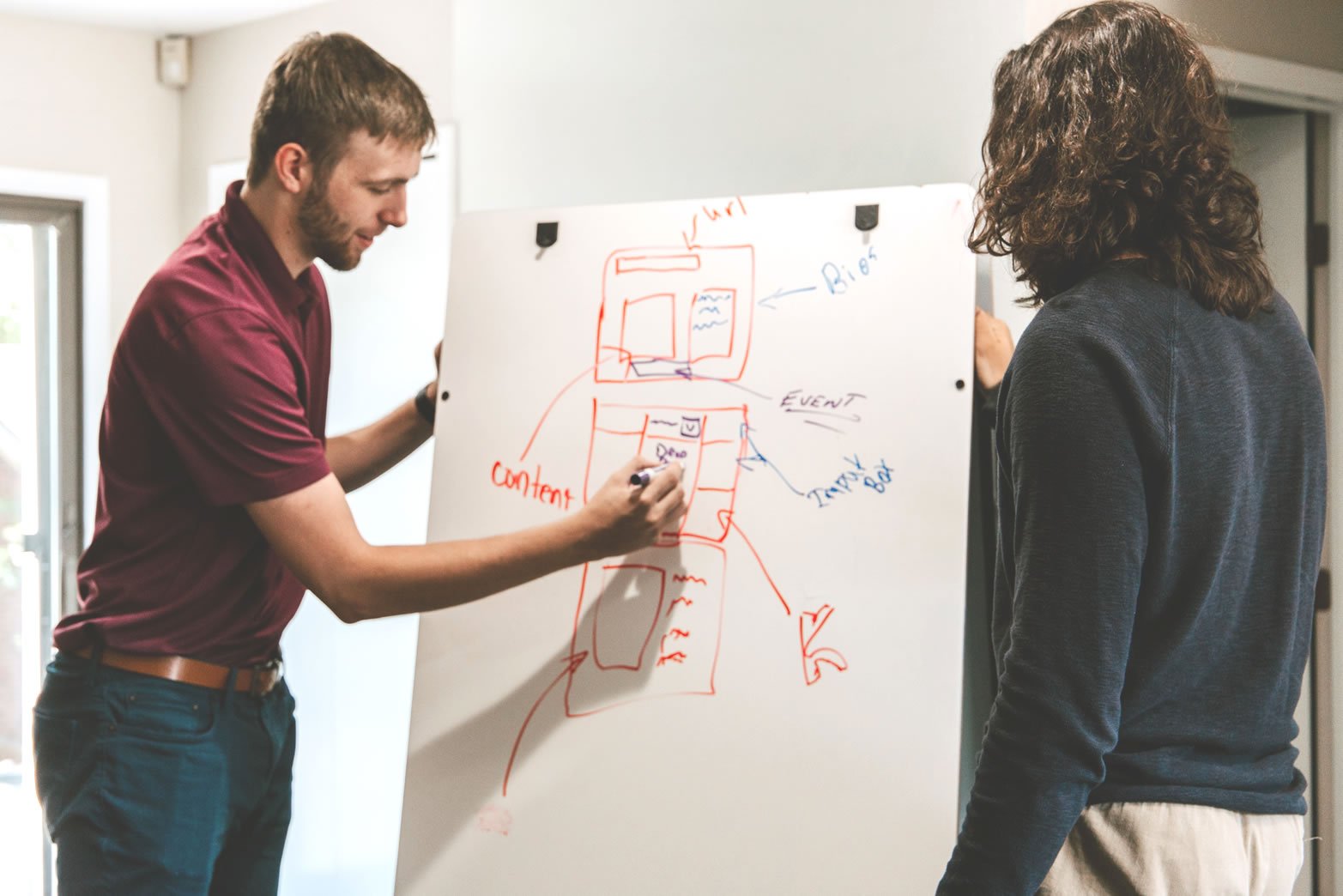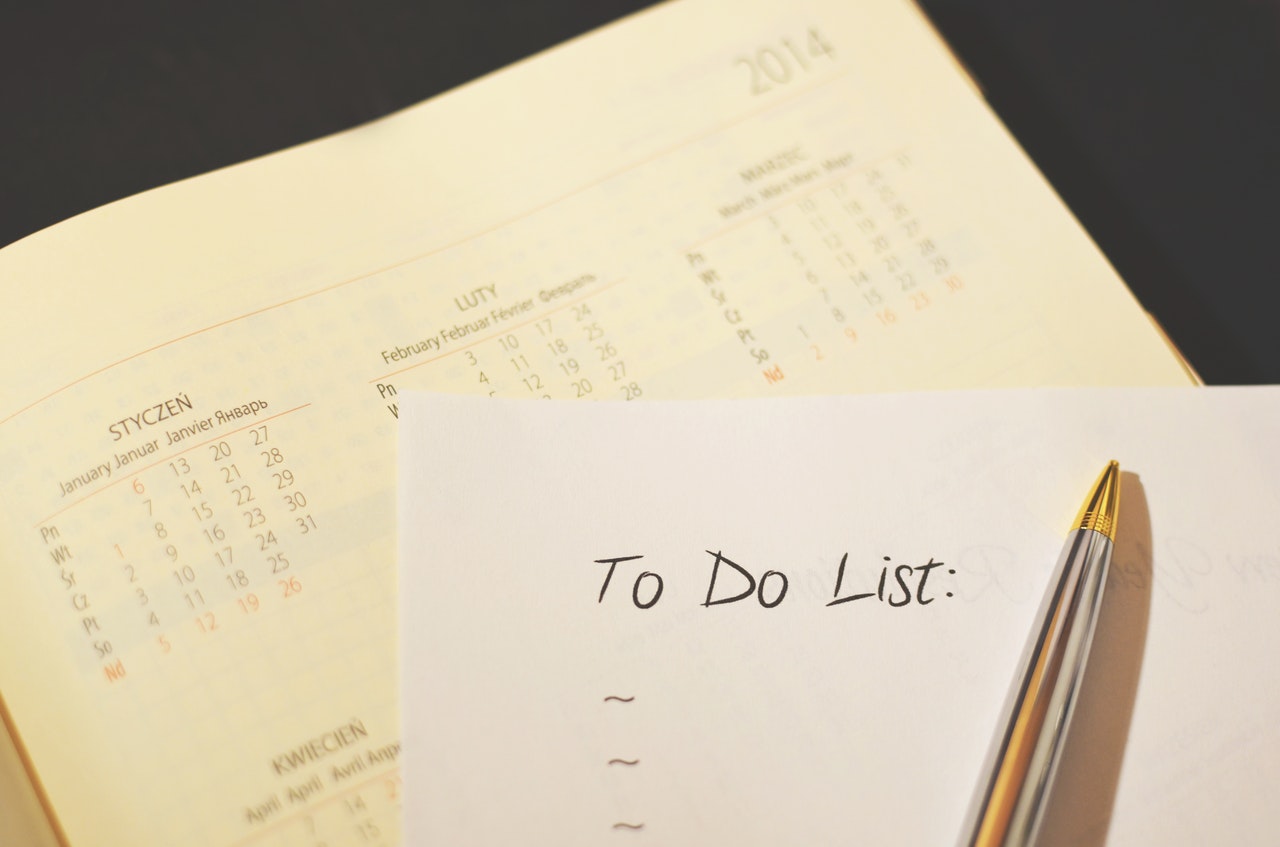
Email marketing has been around for a while, but that doesn't mean it's lost its effectiveness. Quite the opposite is true. It still generates immense ROI, up to 4,400% according to some estimates.
Most businesses don't get there. Not because the number is unrealistic, but because they don't take full advantage of this marketing channel. The average person now receives more than 100 emails every day. It's easy to get lost in the noise and never get your message across.
To avoid that fate and leverage email marketing to its fullest potential, you have to be strategic. While that includes a number of different pieces, personalisation is crucial to complete the puzzle.
It doesn't have to be complicated, either. These 7 email personalisation tactics are relatively easy to implement with the right tools and can help you go a long way towards achieving email marketing success.
1) Start With the Contact Form
Personalisation depends on the moment your prospects enter your email database. You can only build more custom messages if you have the data to build that customisation from. In other words, the contact form--the spot where a new email subscriber enters your database--should be the first point of emphasis.

That means making sure you're asking the right questions. Use the contact form to find out more about your audiences, such as their company size (for B2B buyers) or the reason they're interested in your product. Make sure you capture this information in your CRM or email software so you can use it later.
2) Segment Your Lists
Next, and based on the data gathered in your contact form, segment your list into common audience groups. Some marketers use buyer personas to define these groupings, but you can simply set up segments based on company size, stage in the buyer's funnel, and other single-factor variables.
The setup here is crucial, It pays to make sure that the various email segments your build are both clearly differentiated and easy to find or adjust. That way, as you build your various email campaigns, you always know which segment(s) are most relevant for the topic at hand. As you gain more information about your audience, you can increase the depth of these audience groups.
3) Set Up Automated Trigger Emails
Personalisation is not just about adding a name to an email (although we'll discuss that below, as well). Sometimes, the relevance depends on the timing of the message. As your email software or CRM allows, set up triggers for individual emails based on specific actions your audience takes.
Depending on the data you gather, this step can go from simple to nuanced very quickly. The most common trigger emails are welcome messages to new subscribers and new customers. But you can also send emails based on a visit to a website, a new purchase of your product, and more. You can even build out longer 'drip' campaign off that initial trigger to keep building relevant information for your audience.
4) Personalise Your Subject Line
Your subject line can make or break your email marketing success. It's the first and often only thing your audience sees before they decide whether to read the message. Anything you can do to gain your recipients' attention in that crowded inbox is beneficial.
The easiest personalisation to add here is your recipients' first name, helping them feel personally addressed. But you can also include a variety of other data points gathered elsewhere. Finally, consider turning it around and personalising not just the subject line, but the email sender. That helps your audience build a personal connection and your message to stand out from the noise.
5) Leverage Custom Email Content
The subject line, of course, is not your only opportunity for customisation. Once your audience opens your email, you can leverage personalised content in the email body itself, as well. Some email marketing providers allow for custom content blocks that dynamically substitute in text or images based on specific audience data, but this step can be as simple as leveraging your list segments built above.

You can personalise every part of the message, from a simple address by name in the first line to a full paragraph that's unique based on who receives the email. Other opportunities include substituting in a different image for various segments and including a different call to action based on what stage of the sales funnel your audience is in.
6) Match Your Email and Marketing Strategy
Another opportunity you can take advantage of is the fact that no email exists in isolation. Customers and prospects who receive your messages likely also follow you on social media or are exposed to your promotional messaging in some other way.
Making your emails personally relevant means accounting for that context. Your emails should match the tone, content, and visual appeal of anything from your website to printed fliers. True personalisation is possible once you can take a step beyond that basic requirement, sending emails that specifically follow up on engagement with other parts of your marketing and drive your message home.
7) Allow User Email Setting Customisation
At its best, personalisation isn't just up to you. It's also driven by the audience, who can pick and choose the types of emails they want to receive from your business. Once they build their personal experience, they'll become more likely to interact with your messages.
That's especially relevant if you send multiple newsletters and offers out. A simple profile where your audience can decide what's relevant to them can go a long way. It also makes it easy for your recipients to unsubscribe when needed, reducing the number of messages landing in spam folders or bouncing back.
The Key to Email Personalisation
Email personalisation is a complex topic, which is why 60% of marketers admit that they struggle with it on a regular basis. That doesn't mean it has to be impossible. These simple tips make personalisation achievable for any business, even on a limited budget.
The key to success is not technical knowledge, but being able to understand, capture, and leverage your audience's wants and needs. Through the above steps, you can start to make that happen. Over time, you will improve your email marketing strategy and significantly increase your ROI.





